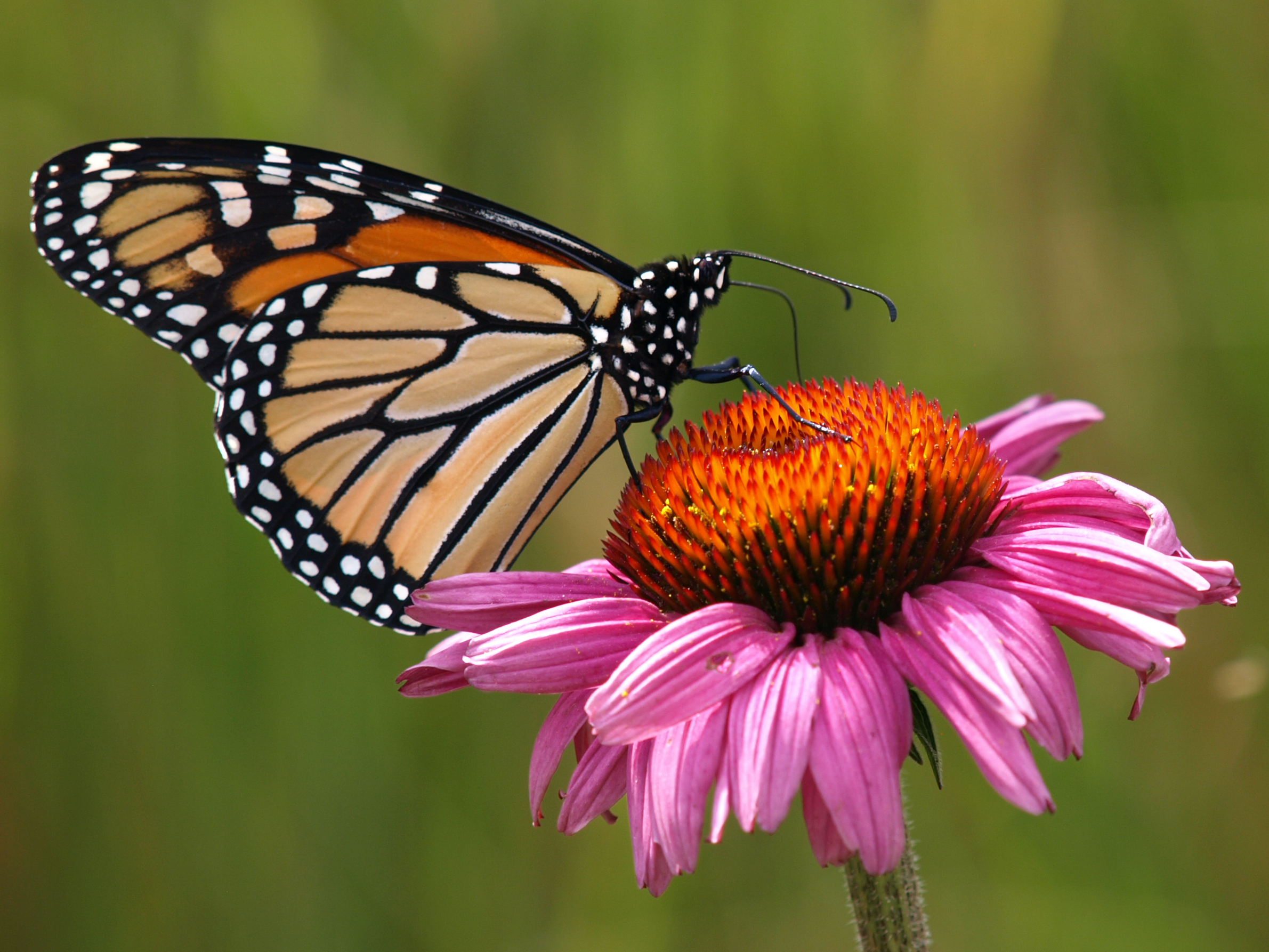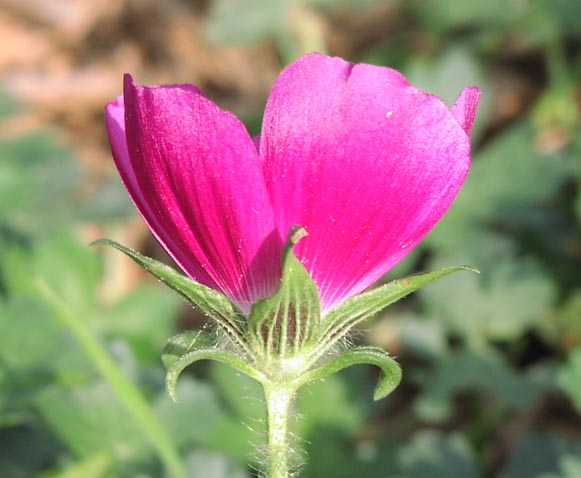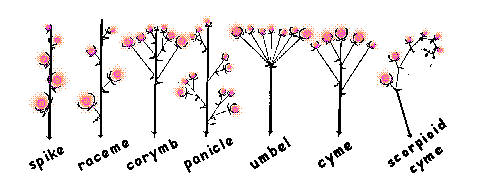WELCOME TO PLAT INFORMATION CENTER
HEY GUYS!!HOW ARE YOU MY FRIENDS?
I NEED YOUR FEEDBACK ON MY BLOG!!
last time i'll tell you about the terminologies related to leaf now i m going to tell you some minute information about flower.
The flower is the most beautiful part of the plant. To
study the parts of the flower, I’m using a some terms. i hope you also like the flowers. look at the picture is it beautiful??

Sepal: each of the parts of the calyx [see next definition] of a
flower, enclosing the petals and typically green and leaflike.
Sepals are usually coarser than petals, which
are usually soft and velvety.

you are seeing this green portion this is sepal.
Calyx: the sepals of a flower,
typically forming a whorl that encloses the petals and forms a protective layer
around a flower in bud.
Notice how these two definitions depend on
each other. I still haven’t decided if it’s easier to think of a calyx as a
group of sepals or to think of a sepal as a unit of the calyx. At any rate, the
function of the calyx does seem to protect the petals and remaining parts of
the flower when it is in bud. So when you see flower buds, you’re usually
seeing the calyx.
Petal: each of the segments of the corolla [see next definition] of a
flower, which are modified leaves and are typically colored.
When most of us think about flowers, it’s the
showy petals we think of.
Corolla: the petals of a flower, typically forming a whorl within the
sepals and enclosing the reproductive organs.
Again, notice how these two definitions depend
on each other. Petals make up the corolla and the corolla consists of petals.

Stamen: the male fertilizing organ of a flower, typically consisting of
a pollen-containing anther and a filament.
If you continue thinking of concentric rings,
the next ring is that of the male reproductive parts. Most flowers have six or
more stamens arranged in a ring around the female reproductive part. For now,
if you remember that the anther contains the pollen and the filament supports
the anther, that’s fine. For our basic plant identification, the term we’ll use
most often, however, is stamen for the entire male part.

Pistil: the female organs of a flower, comprising the stigma, style,
and ovary.
The innermost part of the flower is the female
reproductive part. It is not a ring, but a solitary structure called the
pistil. The stigma is like a mouth that takes in the pollen. The style is like
a throat that carries the pollen down to the ovary, where the pollen fertilizes
the eggs, or ovules. For basic plant identification, remember pistil for the
entire female part.

Inflorescence: a group or cluster of flowers arranged on a stem that is
composed of a main branch or a complicated arrangement of branches. A flower
that is not part of an inflorescence is called a solitary flower.
The “typical” flower that we looked at, and
the illustration of the flower showing its sepals and petals, were solitary
flowers. But many, many flowers occur in clusters called inflorescences. We
won’t go into the different types of inflorescences just now. To give you an
idea of what’s coming, though. They
are, from left to right.

No comments:
Post a Comment